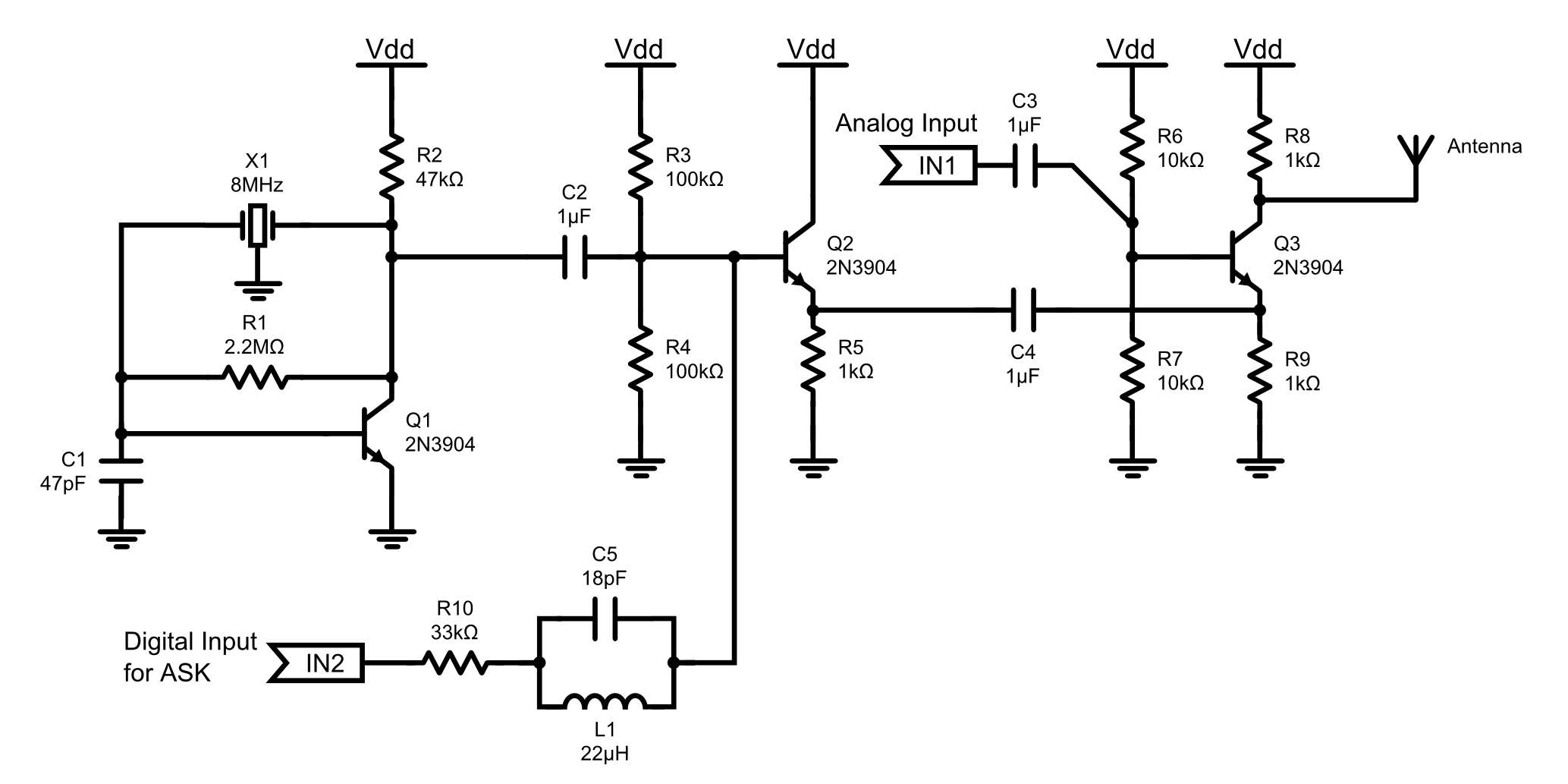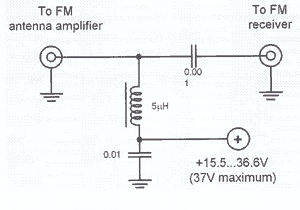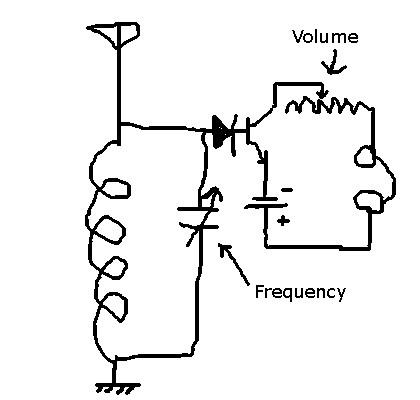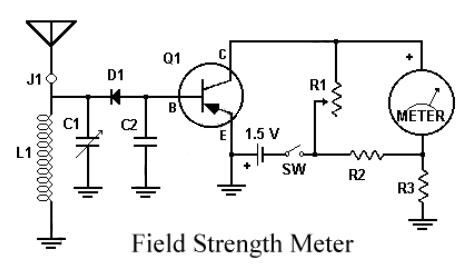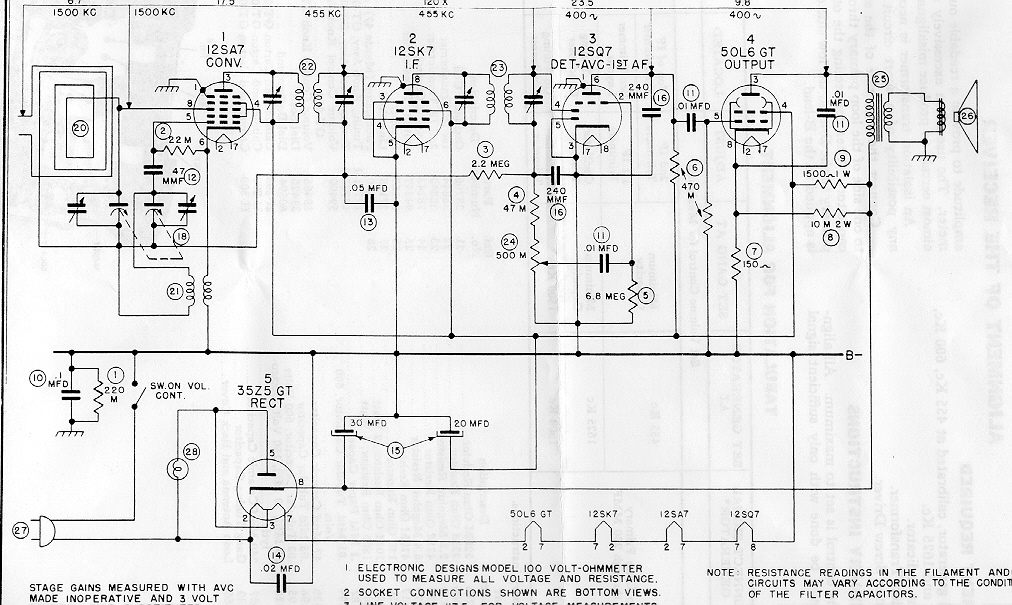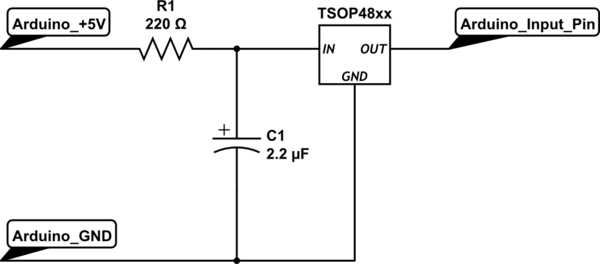
Bgb707l7esd As An Fm Radio Antenna Lna
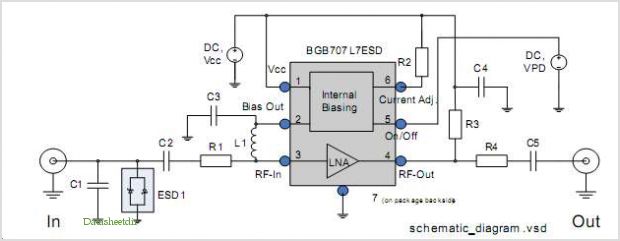
This document provides information on utilizing the ATA6833-DK for Brushless DC (BLDC) Motor Control applications. The BLDC Motor Control Kit includes two boards: a Basic board featuring a BLDC Gate Driver System Basis Chip (SBC) ATA6833 and ATA6834, along with external MOSFETs, and a Controller board equipped with a Microcontroller ATMEGA32M1 and a user interface. The primary distinction between the ATA6833 and ATA6834 is the temperature range. The ATA6834 supports a maximum junction temperature of 200 °C, making it suitable for under-the-hood applications, whereas the ATA6833 has a maximum junction temperature of 150 °C. Unless specified otherwise, the term ATA6833 refers to both devices.
The ATA6833-DK is designed specifically for controlling Brushless DC motors, which are widely used in various applications due to their efficiency and reliability. The Basic board integrates the ATA6833 and ATA6834, which serve as the gate drivers for the external MOSFETs. These components are crucial for managing the power delivery to the motor, enabling precise control of speed and torque.
The Controller board is equipped with the ATMEGA32M1 microcontroller, which is responsible for executing the control algorithms necessary for motor operation. It interfaces with the Basic board to send commands and receive feedback from the motor. The user interface on the Controller board allows for easy interaction, enabling users to adjust parameters such as speed, direction, and operational modes.
The temperature specifications are critical in selecting the appropriate chip for specific applications. The ATA6834, with its higher tolerance for heat, is particularly advantageous in environments where the motor may be subjected to elevated temperatures, such as automotive applications. In contrast, the ATA6833 is suitable for applications with lower thermal requirements.
Overall, the ATA6833-DK kit provides a comprehensive solution for developers looking to implement BLDC motor control in various applications, ensuring both flexibility and performance through its robust design and component selection.This document provides details on using the ATA6833-DK for BLDC Motor Control applications. The BLDC Motor Control Kit consists of two boards: Basic board with a BLDC Gate Driver SBC (System Basis Chip) ATA6833 ATA6834 and external MOSFETs Controller board with a Microcontroller ATMEGA32M1 and a user Interface The temperature ran ge is the primary difference between the ATA6833 and ATA6834. The maximum junction temperature of 200 °C allows designing under-the-hood appli- cations with the ATA6834 while the maximum junction temperature of the ATA6833 is 150 °C. If not otherwise stated, the ATA6833 stands for the two of the devices. 🔗 External reference
The ATA6833-DK is designed specifically for controlling Brushless DC motors, which are widely used in various applications due to their efficiency and reliability. The Basic board integrates the ATA6833 and ATA6834, which serve as the gate drivers for the external MOSFETs. These components are crucial for managing the power delivery to the motor, enabling precise control of speed and torque.
The Controller board is equipped with the ATMEGA32M1 microcontroller, which is responsible for executing the control algorithms necessary for motor operation. It interfaces with the Basic board to send commands and receive feedback from the motor. The user interface on the Controller board allows for easy interaction, enabling users to adjust parameters such as speed, direction, and operational modes.
The temperature specifications are critical in selecting the appropriate chip for specific applications. The ATA6834, with its higher tolerance for heat, is particularly advantageous in environments where the motor may be subjected to elevated temperatures, such as automotive applications. In contrast, the ATA6833 is suitable for applications with lower thermal requirements.
Overall, the ATA6833-DK kit provides a comprehensive solution for developers looking to implement BLDC motor control in various applications, ensuring both flexibility and performance through its robust design and component selection.This document provides details on using the ATA6833-DK for BLDC Motor Control applications. The BLDC Motor Control Kit consists of two boards: Basic board with a BLDC Gate Driver SBC (System Basis Chip) ATA6833 ATA6834 and external MOSFETs Controller board with a Microcontroller ATMEGA32M1 and a user Interface The temperature ran ge is the primary difference between the ATA6833 and ATA6834. The maximum junction temperature of 200 °C allows designing under-the-hood appli- cations with the ATA6834 while the maximum junction temperature of the ATA6833 is 150 °C. If not otherwise stated, the ATA6833 stands for the two of the devices. 🔗 External reference
